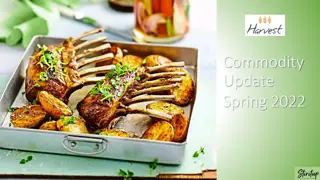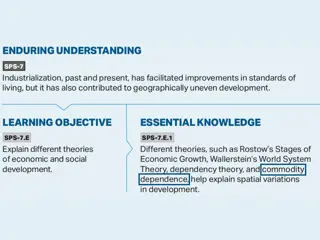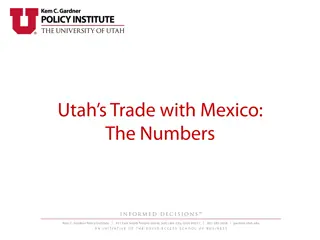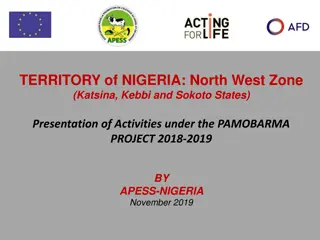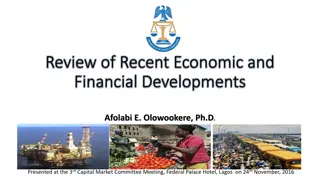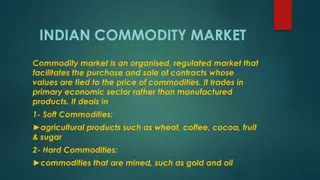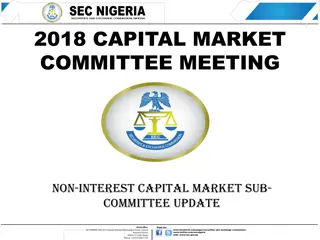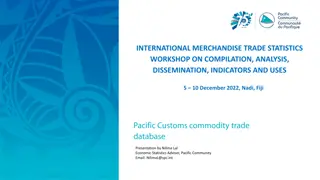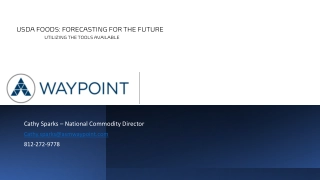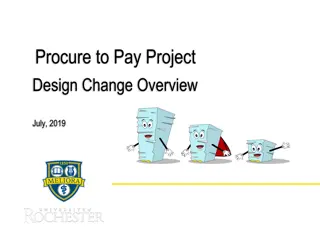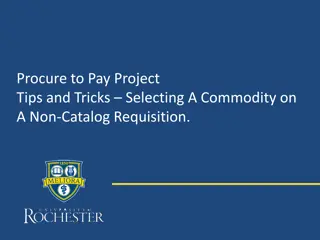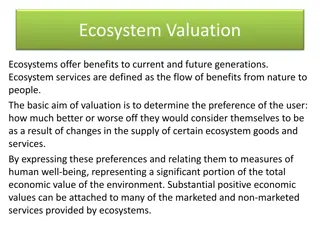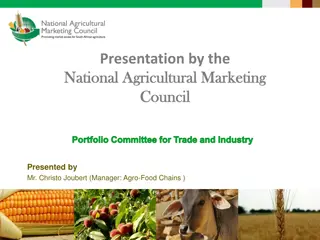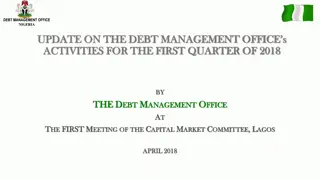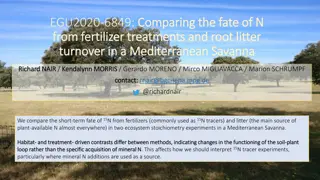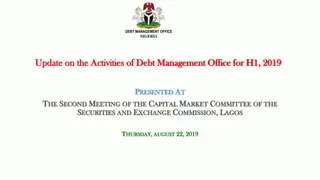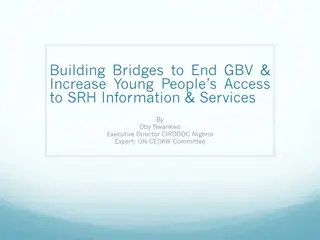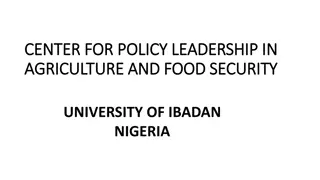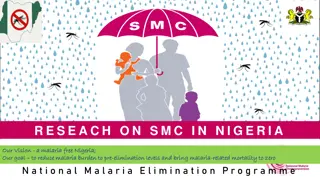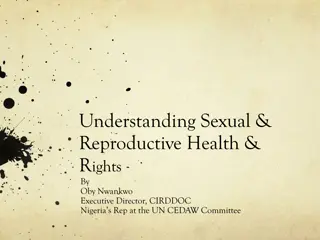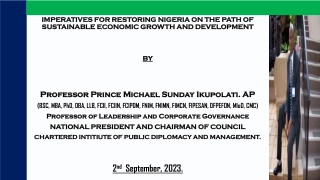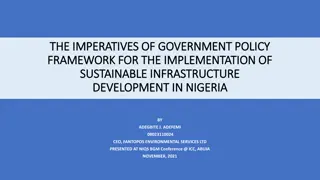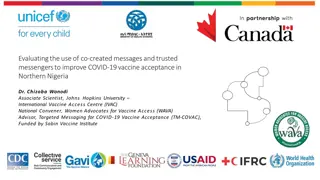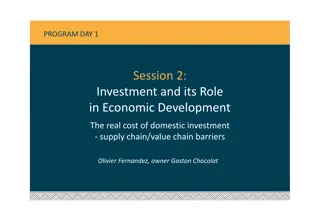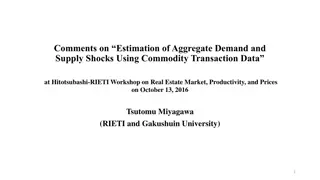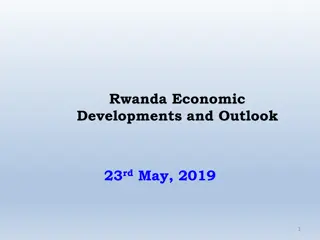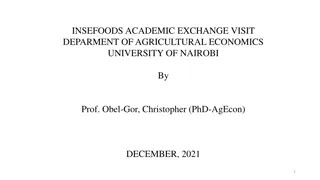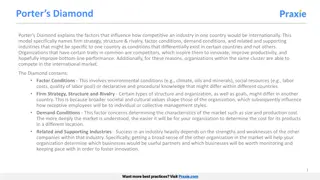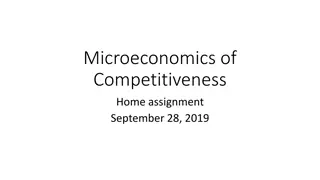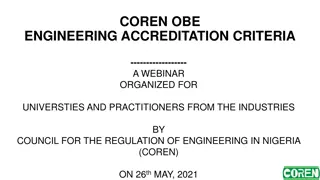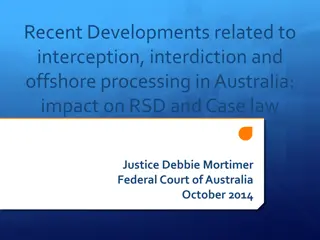Recent Developments in Commodity Market Ecosystem and Global Competitiveness of Nigeria
The recent report from the last CMC meeting highlights the significance of developing the commodities market and the ecosystem's composition. It identifies multiple benefits of a thriving commodities market and discusses the evolution of commodity trading markets globally, continentally, and in Nigeria. The report also covers the current structure of the commodities market, building blocks for its development, recommendations, and timelines for implementation, focusing on phases, objectives, market types, and commodities. Additionally, it emphasizes the importance of price transparency, strong legal and regulatory frameworks, risk management mechanisms, efficient trading systems, and more to enhance the commodities market. Furthermore, it addresses organizing smallholder farmers, export-focused commodities, food/inputs sufficiency, risk management products, and the aim for a strong international presence in the market.
Download Presentation

Please find below an Image/Link to download the presentation.
The content on the website is provided AS IS for your information and personal use only. It may not be sold, licensed, or shared on other websites without obtaining consent from the author. Download presentation by click this link. If you encounter any issues during the download, it is possible that the publisher has removed the file from their server.
E N D
Presentation Transcript
RECENT DEVELOPMENT FROM THE LAST CMC MEETING The Committee has since concluded and submitted its report to the Commission. The report overs, among others: Importance of developing the commodities market and composition of the ecosystem identified about 20 benefits of a thriving commodities market Evolution of commodity trading markets global, continental and Nigeria ( zeroing on where we are now). Current structure of the commodities market direct and active players, supporting ministries and institutions, service providers and interrelationship among the institutions. Building blocks for the development of the commodities market. Commodities exchange participants. Organizing small holders farmers into cooperatives - facilitate access to finance and inputs, - promote produce aggregation - better product pricing, etc Recommendations and timelines
THE BUILDING BLOCKS Price transparency (real time info on price, volume and quality) Good enabling business environment. Existence of commodities to form nucleus of trading Large demand and liquidity Sound legal and regulatory environment Strong risk management mechanism Efficient trading system Efficient standard and grading system Clearing, settlement and delivery system (clearing house a must for derivatives) Variety of commodity market participants- operators, hedgers, speculators etc Good network and quality of physical infrastructure Collateral management services Efficient logistic services and warehouses Capacity building and public awareness Derived value in using the market Organizing small holder farmer
GLOBAL COMPETITIVENESS OF NIGERIA AND SECTORAL DISTRIBUTION OF COMMERCIAL BANK LOANS
RECOMMENDATIONS AND TIMELINE FOR IMPLEMENTATION Phase II (Year 3-4) 2020-2021 Phase I (Year 1-2) 2018-2019 Phase III (Year 5-6) 2022-2023 Phase V (Year 7-8) 2024-2025 Objective: Export-focus commodities Objective: Food/inputs sufficiency, price discovery and market development Objective: Risk management products Objective: Strong International Presence Market type: Cash, forwards and futures Market type: Cash and Derivatives Market type: Cash and Derivatives Market type: Cash-spot Commodities: Agriculture - Cocoa, Sesame, Cotton and Oil Palm Commodities: Agriculture - Maize, Sorghum, soybeans, Cassava and Rice Commodities: Futures, swaps and options in agriculture and solid minerals Commodities: Agriculture, Solid Minerals, Energy etc.
RECOMMENDATIONS AND TIMELINE FOR IMPLEMENTATION Phases S/N Requirements/Recommendations Actions by 1 Develop a public enlightenment/education roadmap for commodities market SEC Organize international conference on development of a thriving commodities ecosystem in Nigeria (1st half, 2018) 2 SEC, Relevant stakeholders 3 Encourage investment in warehouses and storage facilities by exchanges/private sectors Exchanges and Private Sectors 4 5 Allow exchanges to own warehouses at this developmental stage. Encourage existing commodity merchants such as Olam and New Nigerian Commodity Marketing Company to participate actively on the exchanges either as traders or investors SEC and Exchanges SEC and Exchanges 6 Commodity exchanges to provide commodity price information via information centers, media, website and mobile phones (Ethiopia and Kenya model) to farmers and stakeholders across the country FMARD and Exchanges 7 Organize farmers into cooperatives to aggregate produce and encourage them to become members of exchange CBN (FSS 2020), SEC, Exchanges FMARD and relevant stake ministries NBS, SEC and Exchanges CAMMIC 8 9 Partner with NBS on price information Commence advocacy for macroeconomic stability and policies which will promote the commodity market (exchange rate, interest rate, inflation rate, infrastructure etc.) Commence advocacy for amendment of the Land Use Act Engage with Governors forum to encourage delegation of land matters to relevant agencies Phase 1 10 11 NEC, CAMMIC, NASS, CBN (FSS 2020) CAMMIC, CBN (FSS 2020) 12 Review SEC rules and regulations relating to commodity exchanges especially for the spot market SEC and Exchange 13 Develop rules on collateral management SEC 14 License collateral managers/management companies SEC and Exchanges 15 Introduce Electronic Warehouse Receipt (EWRs) Exchanges 16 Government to patronize the exchanges for purchases in respect of strategic grain reserves, emergency feeding programme, e.g. IDP; and MDAs Encourage government contractors to buy commodities of a certain volume from commodity exchanges CAMMIC 17 CAMMIC 18 Encourage International organizations such as the World Food Programme (WFP)to patronize the exchanges for some of their requirements Review Nigerian Bankruptcy Law to promote the derivatives market CAMMIC 19 CAMMIC, and Exchanges 20 Establishment of Central Counterparty (CCP) Exchanges
RECOMMENDATIONS AND TIMELINE FOR IMPLEMENTATION 21 Review downwards minimum capital requirement for spot market participants SEC 22 Introduce risk based capital requirement for commodities operators for non-spot commodities traders SEC 23 24 Delegate regulation of operators in the spot market to Exchanges Expedite the enactment of a warehouse receipt bill into law. Also, the SEC should have regulatory purview over warehouse/storage facilities for exchange traded commodities as against the proposed warehouse regulator as contained in the bill before the National Assembly Develop grading and standardization system in line international best practices Increase the capacity of IST to handle commodities exchange related disputes Develop a certification system for collateral managers in Nigeria through collaboration with international development agencies and international certifications bodies Strengthen the commodities exchange unit of the SEC to discharge it functions effectively The Bank of Agriculture (BOA) should be more more efficient and relevant to the Commodity trading ecosystem, which could include partial privatization of the institution Engage with transporters to enlighten them on opportunities available for haulage of exchange traded commodities Review foreclosure law to eliminate the challenge of possession in defaults and thereby promote access to finance Amend the Land Use Act Continuous de-risking of the agricultural value chain Designate high value export commodities such as cocoa as flagship products and incentivize trading through exchanges Exchanges should install traceability system for Nigeria s flagship and other export commodities that are traded through their platform Exchanges should key into the Customs Single Window System to ease the process of export Work with Ministry of Mines and Steel Development and Ministry of Petroleum to introduce energy and solid minerals on the exchanges SEC CAMMIC, CBN (FSS 2020), NASS Phase 1 (Contin ued) 25 26 27 SON, SEC, CBN and Exchanges IST, SEC, Exchanges SEC, Exchanges 28 29 SEC CAMMIC 30 Exchanges 1 CAMMIC, NASS 2 3 4 NEC, CAMMIC, NASS, CBN (FSS 2020) NAICOM, NIRSAL, NAIC, Insurance Companies, BOA CAMMIC, NEC, CBN (FSS 2020) Phase 2 5 Exchanges 1 2 Exchanges Ministry of Mines and Steel Development, Ministry of Petroleum, Exchanges Phase 3 1 2 3 4 Introduce solid minerals on the commodity exchange Introduce energy, e.g. crude oil on the commodity exchange Attract international players to trade on the exchange Warehouses to be independent of a commodity exchange Ministry of Mines and Steel Development, Exchanges Ministry of Petroleum, NNPC, Commodity Exchanges SEC, Exchanges SEC Phase 4




